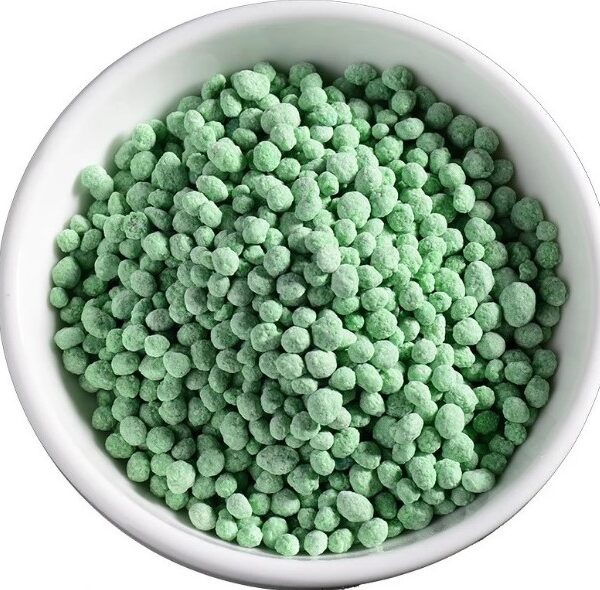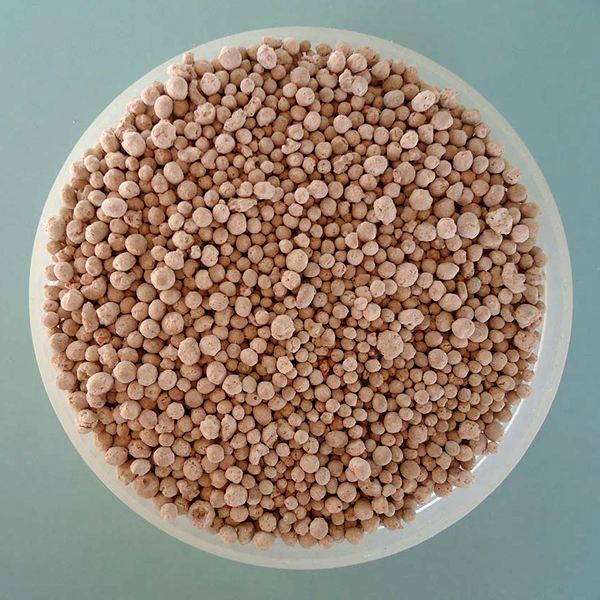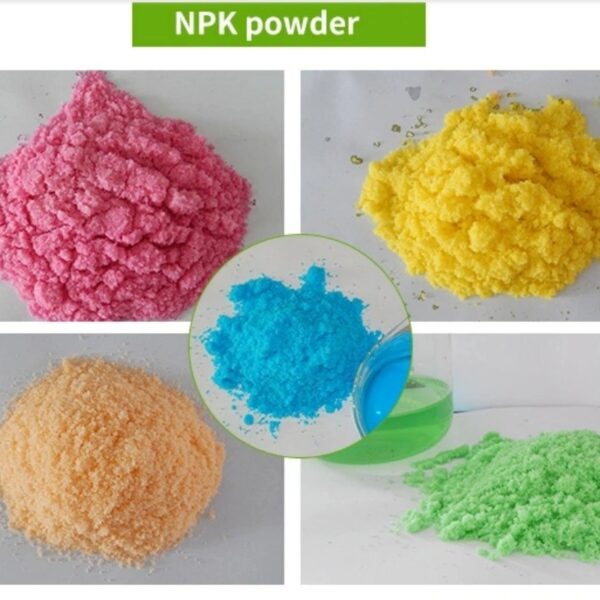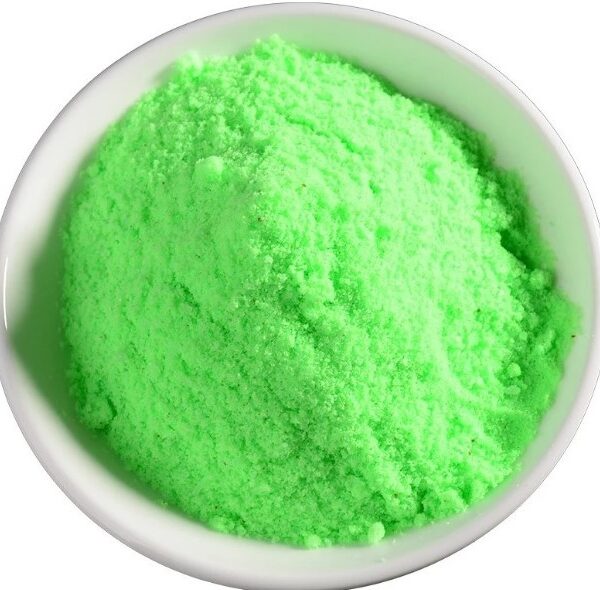NPK stands for ``nitrogen, phosphorus, and potassium,`` the three nutrients that compose complete fertilizers. ... Also implied is a percentage symbol after each number because each of the three numbers represents the percentage of that nutrient in the makeup of the fertilizer.
- NPK fertilizers are used to provide comprehensive nutrition to crops, addressing deficiencies that can limit plant health and yield. The chemical composition of NPK fertilizers can vary, but they generally contain these elements in specific ratios that cater to the needs of different crops or soil conditions.
- We were learned that NPK fertilizer should be applied no later than 2 weeks after planting. When you apply NPK early like this, your crops will start growing strong. Thus , about six weeks after planting, you can apply your urea to give you quality yields.
- The Nitrogen in NPK fertilizer is usefully for helping plants to growth leaves. Phosphorus – by contrast, helps to produce healthy flowers, buds, roots, and fruits. Potassium is used by plants to help sustain overall plant health.
- Product labels carry a detailed breakdown of the three major nutrients N, P and K, always in the same order and shown as a percentage. If the numbers are the same or similar, this is a ‘balanced’ fertiliser. Where one number is higher than others this means the proportion differs and the fertiliser is best used at a particular time of year. Plants need different amounts of nutrients at certain times of year, so it helps to understand what each one is used or required.




